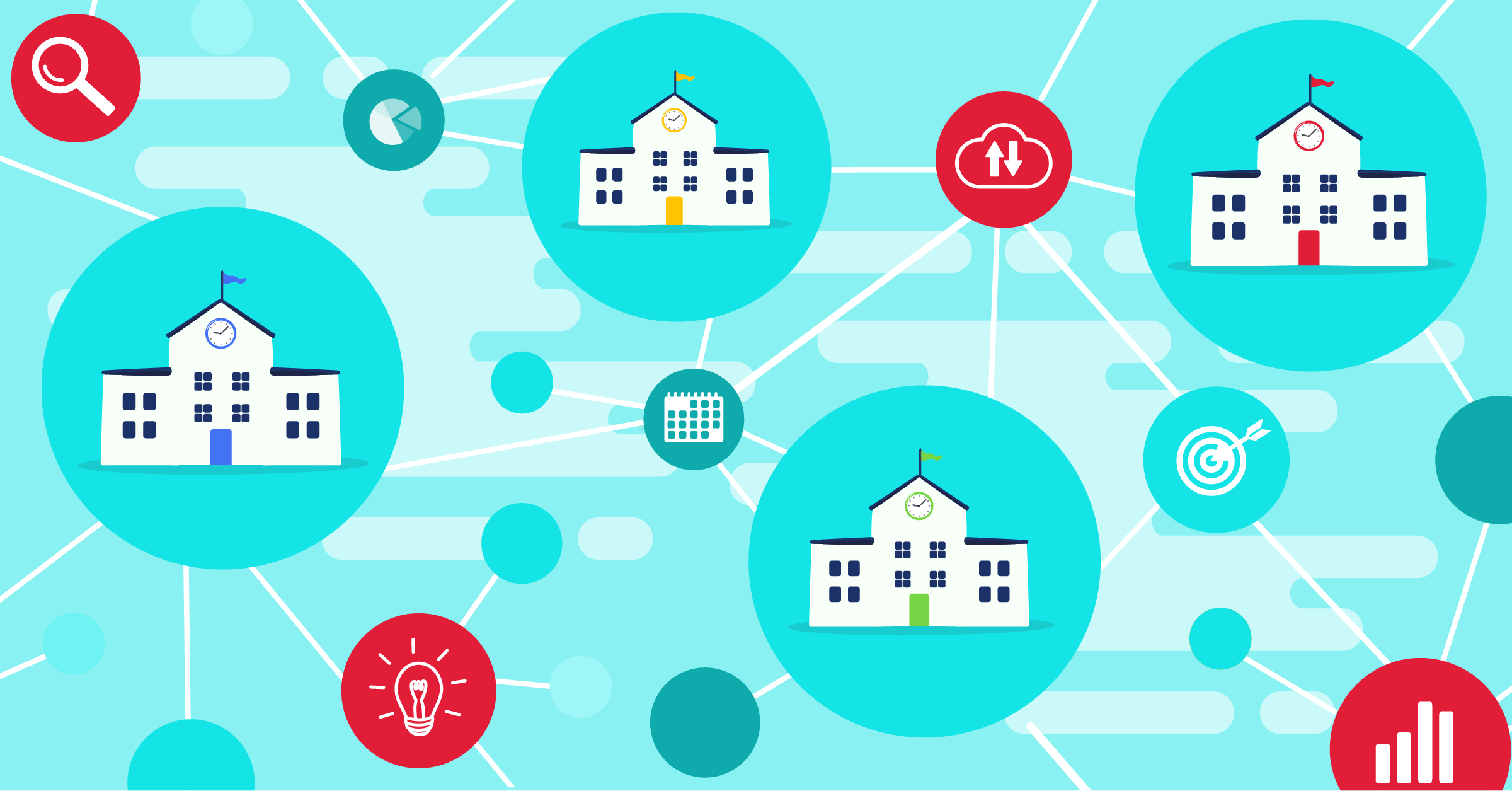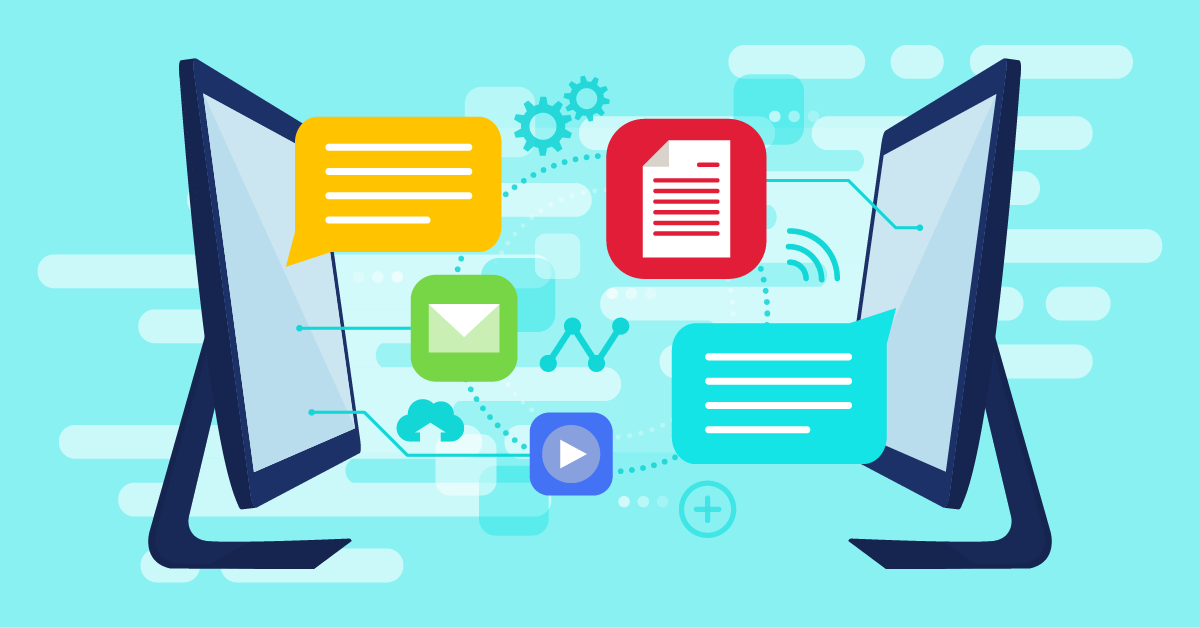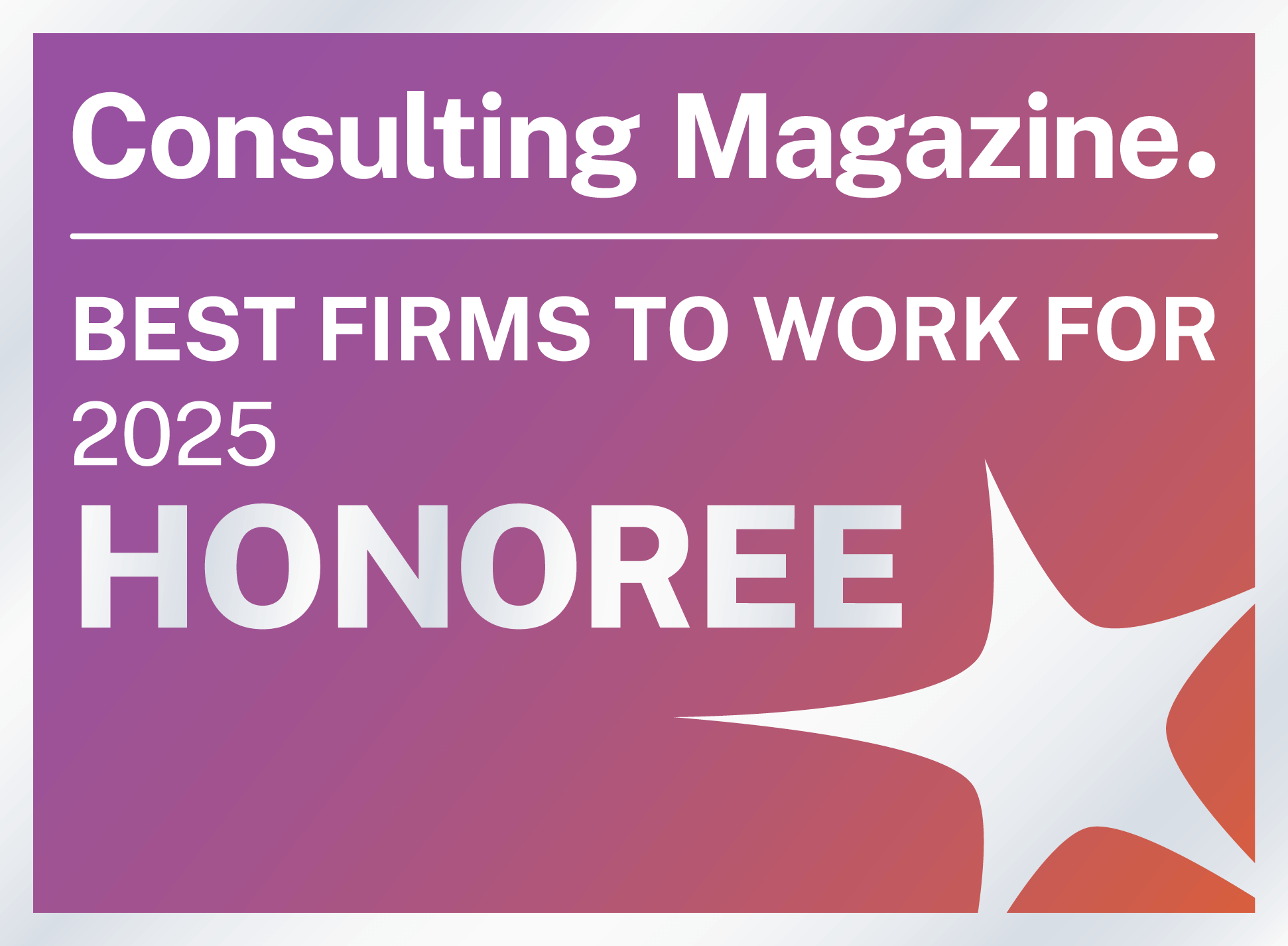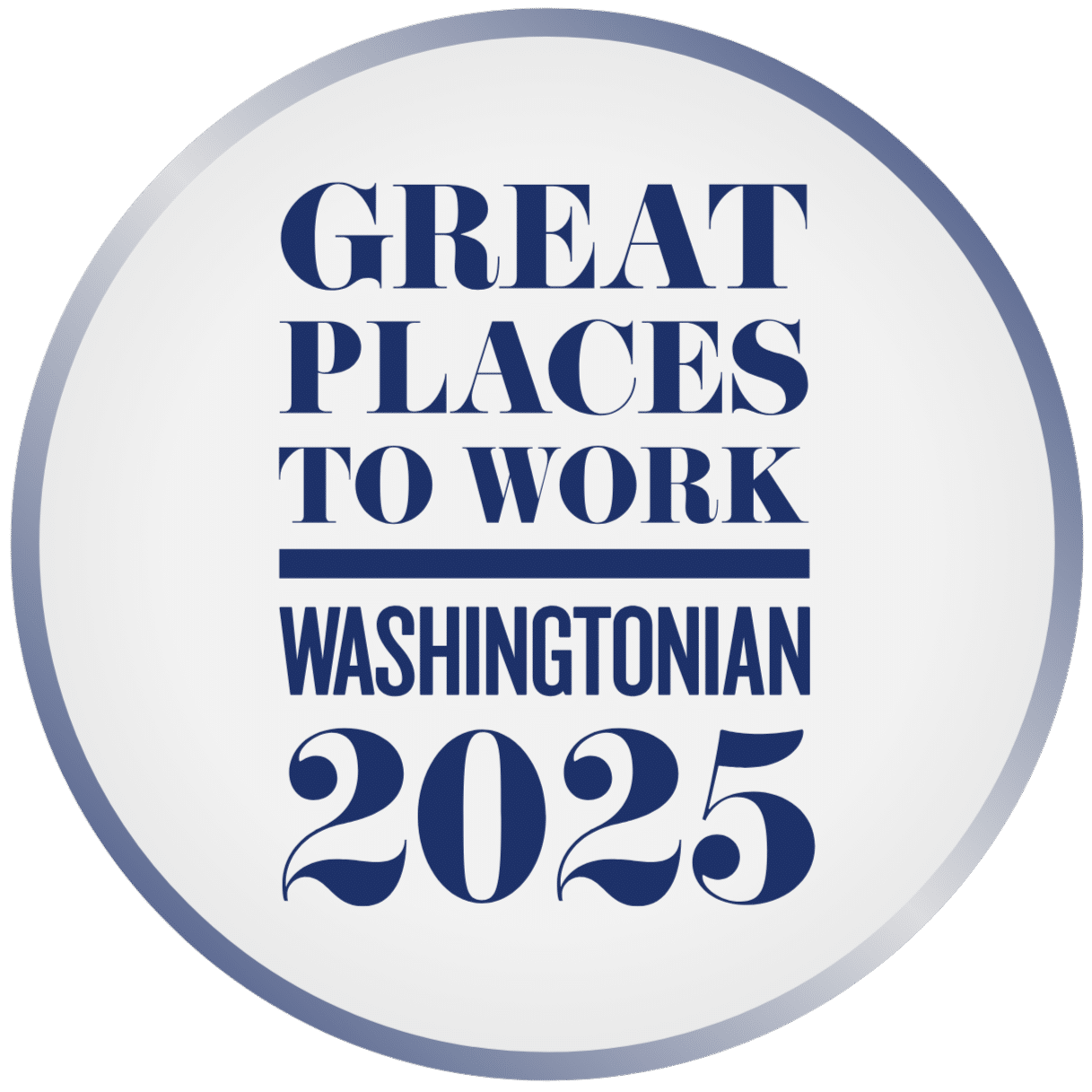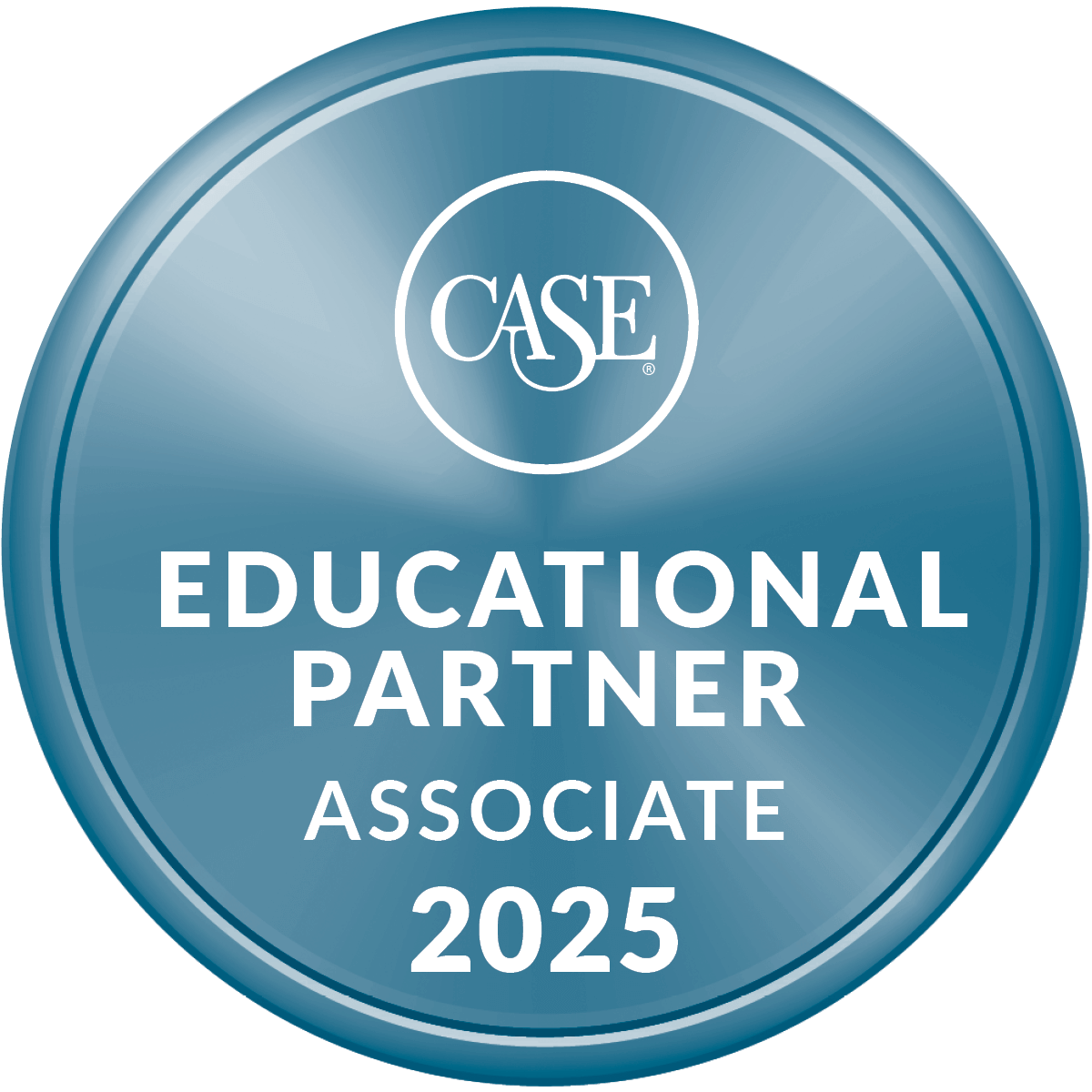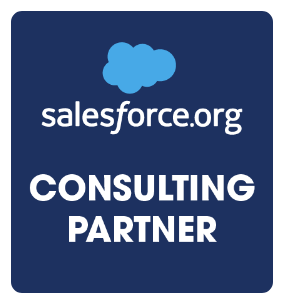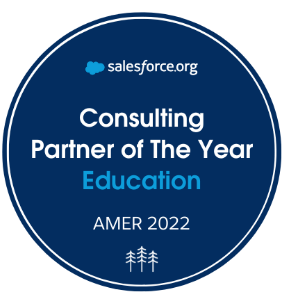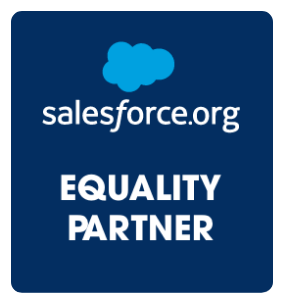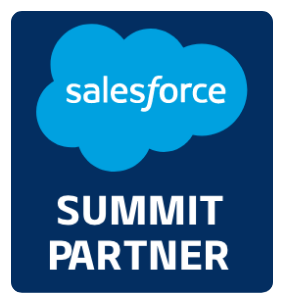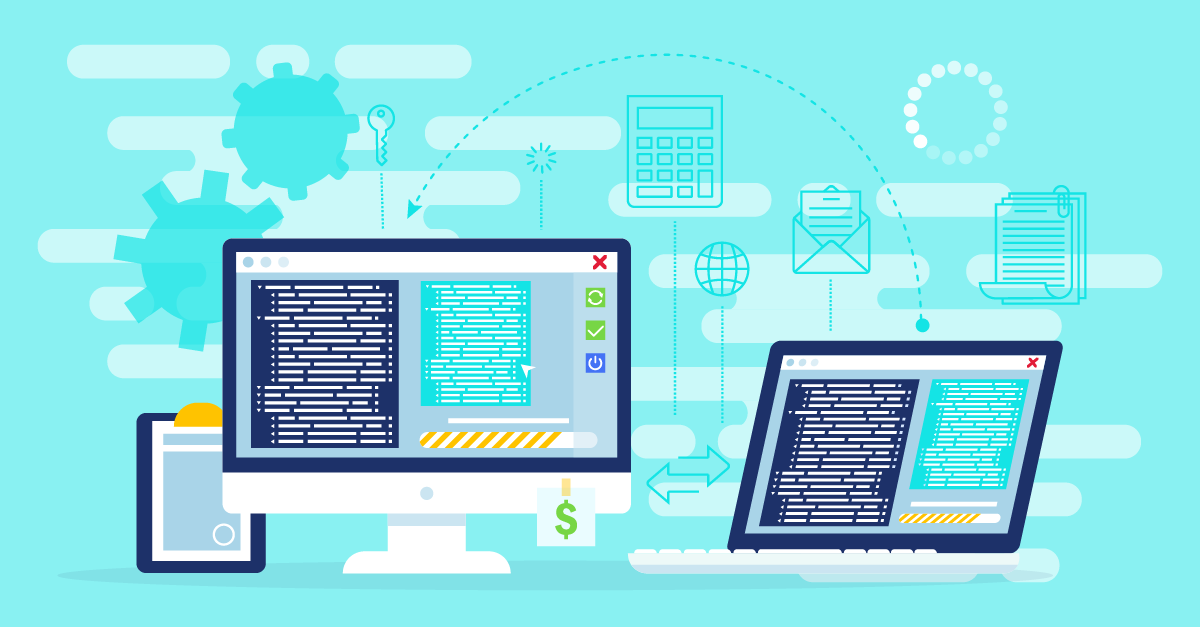
ERP, SIS, and CRM projects are rarely undone by bad software. They’re undone by the hard truths those systems expose, and by how unprepared institutions are to face them.
Upgrading enterprise systems holds up a mirror to how a university really works: how decisions are made, who owns processes, how ready people are to change, and what happens when long-standing habits meet new systems.
Over the years, I’ve seen it all: the rush to modernize, the scramble to keep up, the belief that a new system will fix everything. But in reality, modernization reveals more than it resolves (at least, at first).
If you’re moving into serious conversations about ERP, SIS, or CRM upgrades, here are some things to consider that don’t always make it into the typical roadmap or vendor pitch. Where appropriate, I reference notable public-domain studies and practitioner insights to support these perspectives.
What comes first: ERP, SIS, or CRM? It depends on what hurts most.
Many institutions start with ERP because it supports foundational processes such as payroll, procurement, budgeting, and grants management. The Educause Review observed in 2022 that institutions often select ERP as the starting point due to its critical role in financial transparency and HR modernization.
However, there are cases where the Student Information System (SIS) is the most fragile, or where fragmented CRM systems are actively impeding enrollment management. The California State University system, for example, began SIS modernization at select campuses ahead of ERP because of data accuracy challenges and urgent reporting needs tied to federal compliance.
Ultimately, the order depends on institutional context. A key question to ask is not which system is most outdated, but which system is creating the most hidden cost, operational risk, or strategic friction. And more importantly: which upgrade will unlock the greatest long-term institutional value?
Big bang or phased rollout? Ask what your culture can handle.
A common fork in the road is whether to pursue a “big bang” go-live, one in which multiple ERP modules go live at once, also called a phased deployment. The University of Wisconsin System, as documented in its 2021 ERP Case Study, opted for a phased rollout due to the complexity of aligning decentralized business units.
In my own experience, the success of either strategy depends far more on institutional culture than on system design. Big bang implementations can be efficient and galvanizing, but only if the institution can make rapid, firm decisions and rally teams around a shared sense of urgency. Phased rollouts offer more flexibility and room for course correction, but demand long-term endurance and more sustained change management.
Your choice should reflect more than just IT readiness. It should reflect whether your institution has the internal governance maturity, communication infrastructure, and leadership alignment to absorb rapid change or to manage a multi-year transformation.
Should you launch SIS right after ERP? Maybe. But maybe not.
Many institutions assume that once ERP is live, they should immediately pivot to their Student Information System (SIS) project. But institutions that move too quickly often find themselves overextended, both operationally and emotionally. In contrast, campuses that build in a deliberate consolidation period, typically 12 to 18 months, consistently report smoother SIS implementations and higher adoption rates.
The 2023 Tambellini Group report confirms this pattern: institutions that take time to stabilize their ERP environment, mature their data governance, and retrain functional staff tend to achieve significantly better outcomes in the next wave of transformation.
In my own work, I’ve seen what happens when this step is skipped. Functional leads are still learning the new system while being asked to design future-state SIS workflows. Support teams are understaffed, and change fatigue takes root just when fresh momentum is needed.
Strategically, taking time to consolidate is an investment in executional strength. Institutions that treat the space between ERP and SIS as a time for operational learning, cleanup, and cultural alignment enter their SIS projects stronger, faster, and more unified.
CRM is not a product, but a set of priorities.
Customer Relationship Management (CRM) is often treated as a singular platform, but in higher education, CRM functionality tends to be scattered across departments: recruitment, advancement, advising, marketing, and service management.
In an article on Salesforce.org, institutions like Arizona State University and Indiana University emphasized how critical it is to define the scope and intended outcomes of CRM investments. ASU’s integrated CRM supports the full student lifecycle, from prospective applicants to alumni donors. But achieving that vision required rethinking process ownership, governance, and user experience standards.
Rather than starting with technology selection, institutions should first determine the student experience they want to deliver. Only then should they explore what kind of CRM infrastructure is needed to support it. Otherwise, the result is a patchwork of disconnected tools that may increase complexity rather than reduce it.
Modernization fatigue is real, and it’s not in your project plan.
This is one of the least discussed but most pervasive risks. Institutions often underinvest in change management, mistakenly believing that a good system integrator and a strong PMO will carry the day. But the human side of change demands more than checklists; it requires leaders who can recognize exhaustion, create space for recovery, and build trust across departments that don’t normally collaborate.
The Educause 2023 Top IT Issues report notes that staffing shortages and staff burnout are among the top constraints to successful technology transformation. Yet few project charters formally address them. When your best staff are cycled through major projects without a break, the risk is attrition. And when those individuals leave, they often take with them critical institutional knowledge that can’t easily be replaced.
How are you financing the future?
The financial architecture behind modernization is often more complicated than the technical architecture. While many universities rely on capital budgets for ERP or SIS projects, there are growing examples of donor-funded initiatives, especially for student experience or CRM systems.
But beyond the initial implementation costs, institutions must account for the full cost of ownership. This includes subscription renewals, third-party integrations, cloud storage, reporting tools, training, and user support. The University of Virginia, in its Workday implementation documentation, emphasized the importance of establishing a post-go-live sustainment model from day one—an insight that many universities still overlook.
Developing a financial plan that spans 5–7 years, accounts for optimization costs, and supports continuous improvement is a necessary investment in doing modernization right.
What comes after modernization?
Modernization is the foundation. The most successful institutions understand that go-live is not the finish line, but the starting point of a new operational era. They don’t just implement new systems; they evolve how they use them.
Continuous improvement cycles
After modernization, leading institutions invest in continuous improvement cycles. For example, one university we worked with established a biannual process review task force that engages finance and HR leads to reassess configurations, remove manual workarounds, and realign system design with shifting strategic goals. These cycles are formalized, resourced, and tracked for measurable impact.
Building system fluency
They also prioritize system fluency across roles. At a large land-grant university, the registrar’s office didn’t stop with basic Workday training. Instead, they built a “power user” network across departments to act as embedded coaches and troubleshooters. This internal capacity reduced helpdesk tickets significantly and increased cross-functional collaboration on student lifecycle improvements.
Data-informed governance
And they make bold moves in data-informed governance. One public research university created a Data Strategy Council post-modernization to standardize reporting definitions, establish role-based data access, and shift decision-making from instinct to insight. This has enabled them to improve retention forecasting, optimize instructional costs, and support more transparent budgeting across academic units.
In a post-modernization world, your systems shouldn’t just support your mission; they should help shape it. Institutions that use their new digital foundation to make smarter decisions, adapt faster, and empower people at all levels don’t just “stay modern,” they stay relevant.
A final thought: Modernization is a mirror, not a milestone.
The biggest mistake institutions make is treating ERP, SIS, or CRM modernization as an endpoint. In reality, these projects act as a mirror. They reflect how well your institution understands its own workflows, how clearly it defines roles and responsibilities, how aligned its leadership really is, and how deeply its people trust the process.
Before launching any major project, ask yourself: Are we ready to see what the mirror will show us?
Because success isn’t just going live on time. Success is learning from what modernization reveals and using it to build a more agile, intentional, and student-centered institution.
If your institution is approaching this kind of reckoning, let’s talk. Whether you’re at the start of your journey or recovering from a rough go-live, we can help you read the mirror—and respond wisely.

About the Author

Francis Quinn serves as Senior Principal at Attain Partners. He is a globally experienced executive with a proven track record of managing cloud-based technology product development, and client implementations. Francis joined Attain Partners to serve as the Director for the USM MD Connect Program, managing the complex enterprise transformation for the consortium of five universities. In this role, Francis leads the Attain Partners team to deliver program management, organizational change management, and staff augmentation support as the consortium implements a single instance of Workday Financial Management and Human Capital Management systems.
References
- EDUCAUSE Review: 2022 Higher Ed ERP Strategy Trends
Observed the priority placed on ERP modernization for financial and HR transparency.
https://www.educause.edu/ecar/research-publications/higher-education-trend-watch/2022 - California State University SIS Modernization → Contextual example
Some campuses prioritized SIS upgrades for compliance and data accuracy.
https://er.educause.edu/articles/2019/8/new-life-for-legacy-systems - University of Wisconsin System ERP Adoption Case Study (2021)
Opted for a phased ERP rollout due to decentralized nature.
https://legis.wisconsin.gov/lab/media/omrjwz1n/uw-it-follow-up-1-15-21.pdf - Tambellini Group: 2023 Student Systems US Higher Education Report
Found that institutions pausing between major projects saw better SIS outcomes.
https://www.thetambellinigroup.com/research/2023-student-systems-us-higher-education-market-share-trends-and-leaders-report/ - Salesforce.org: Transforming Student Experience with CRM (2021)
Emphasized holistic CRM for the entire student lifecycle (e.g., ASU, IU).
https://www.salesforce.com/news/stories/student-success-hub-operationalizing-equity-through-holistic-student-support/ - EDUCAUSE 2023 Top 10 IT Issues Report
Highlighted staff burnout and shake-up of institutional capacity post-pandemic.
https://www.educause.edu/research-and-publications/research/top-10-it-issues-technologies-and-trends/2023 - UVA Finance: Workday Implementation & Post-Go-Live Sustainment
Demonstrated importance of building sustainment models from Day One.
https://suppliers.uvafinance.virginia.edu/news/post-go-live-support

